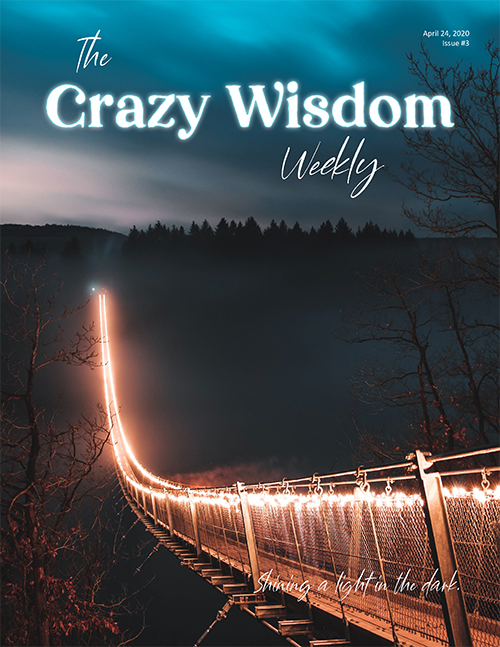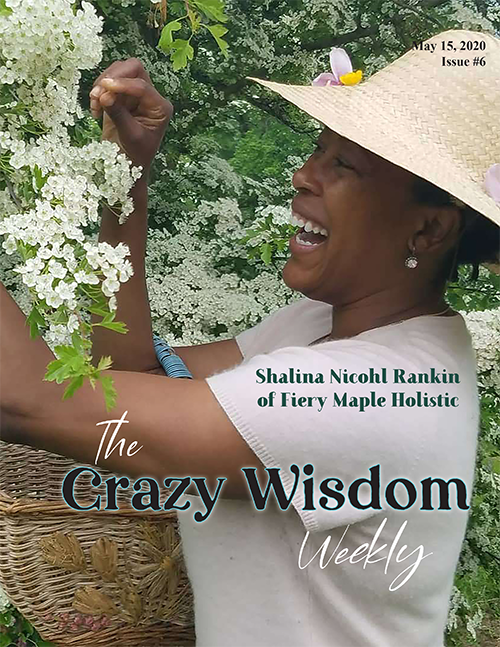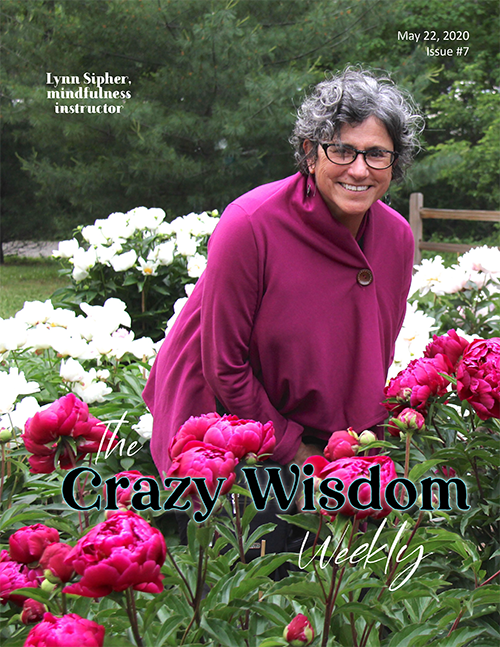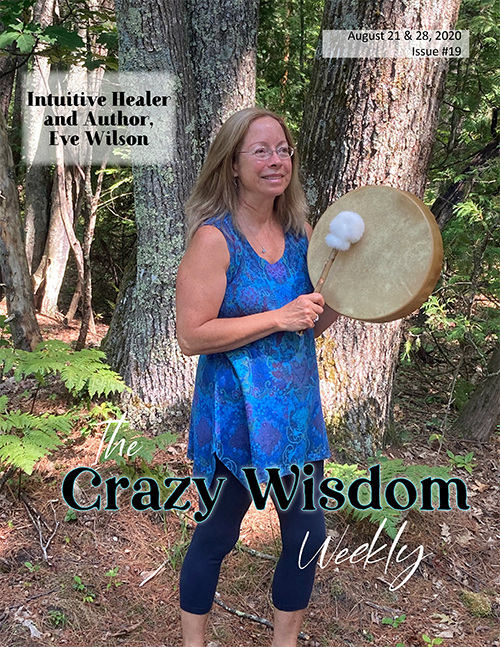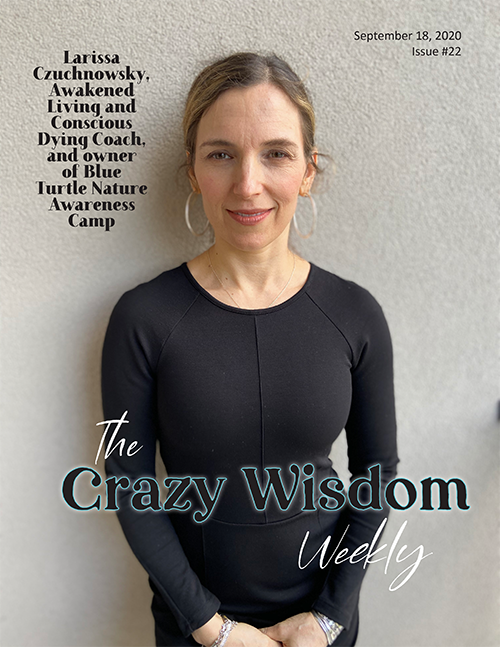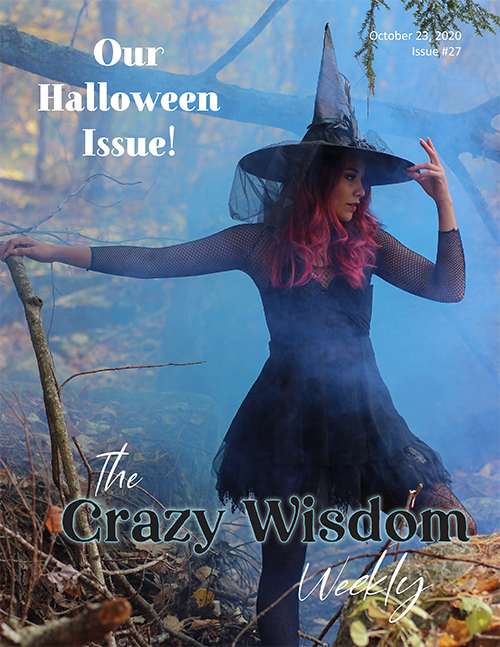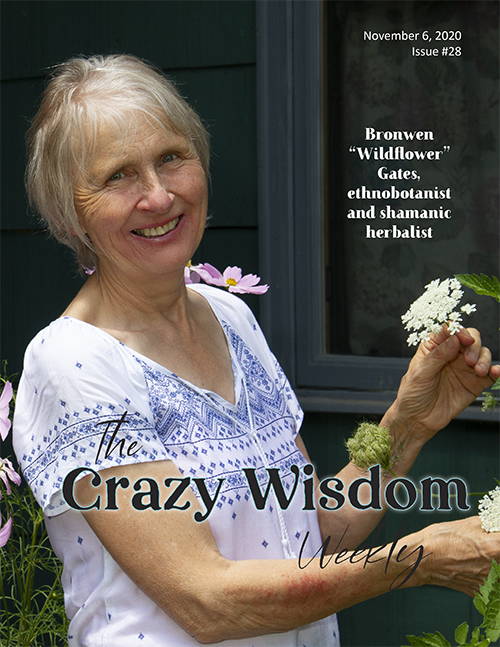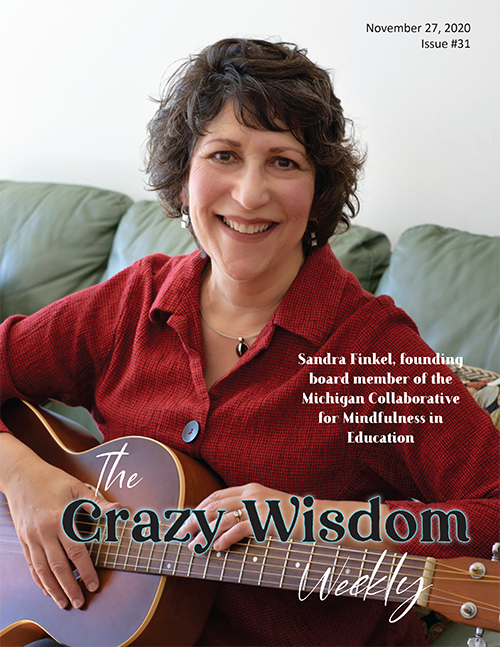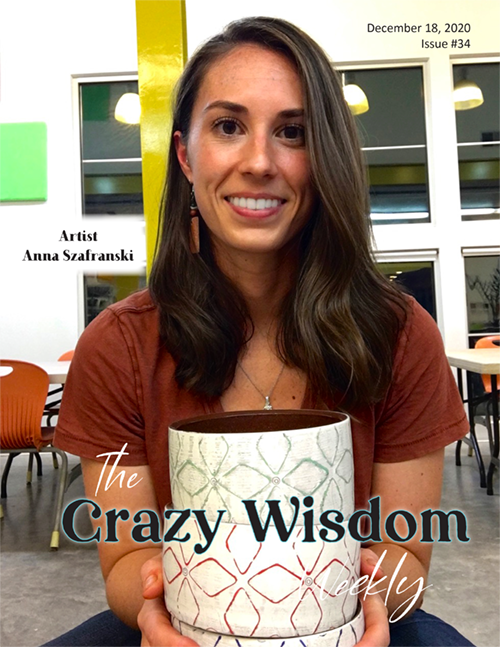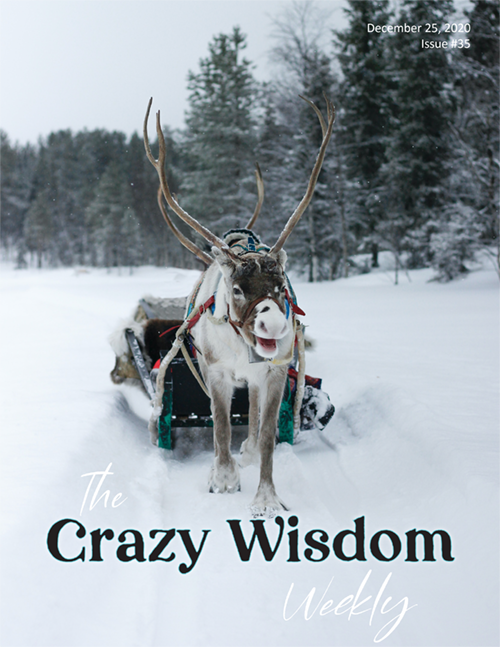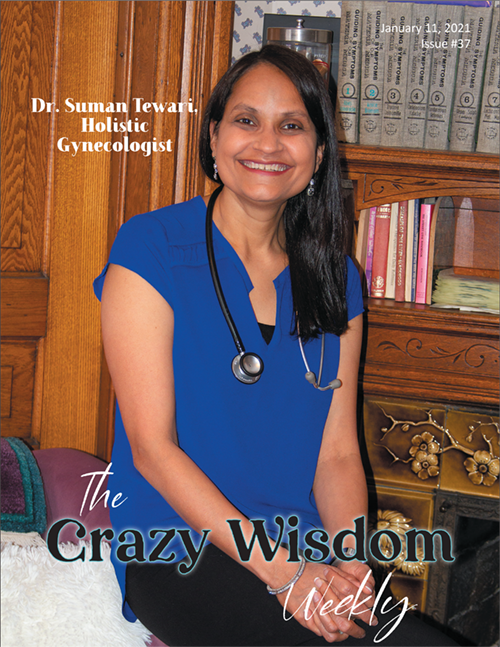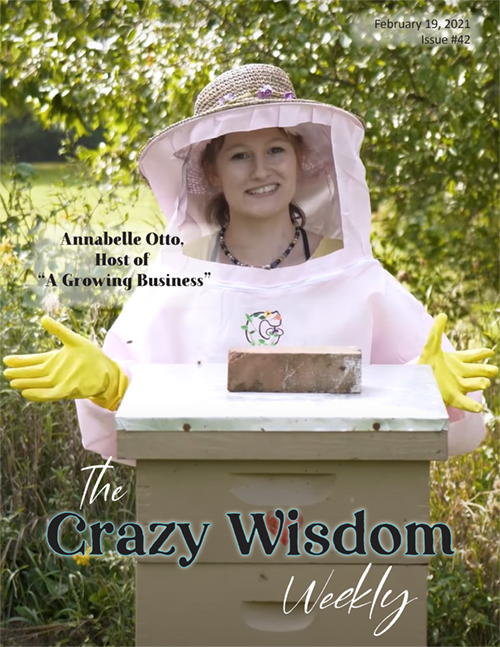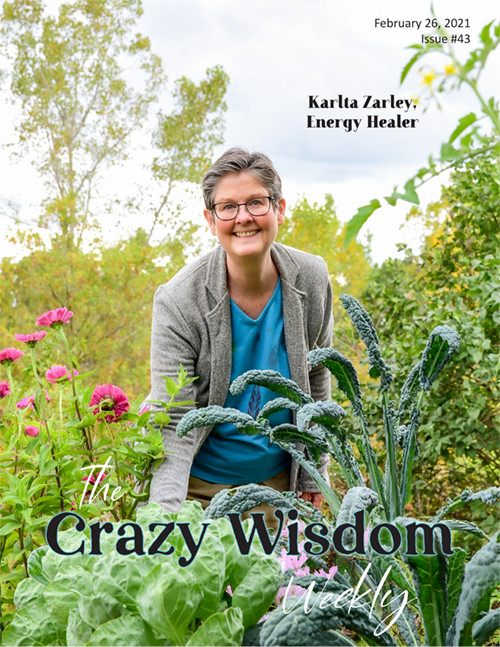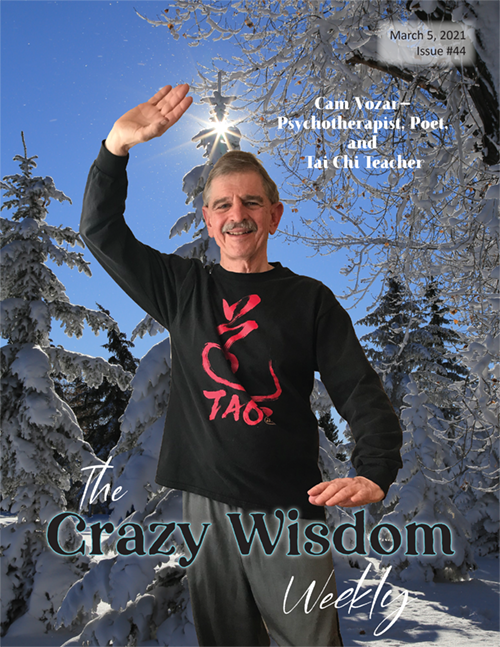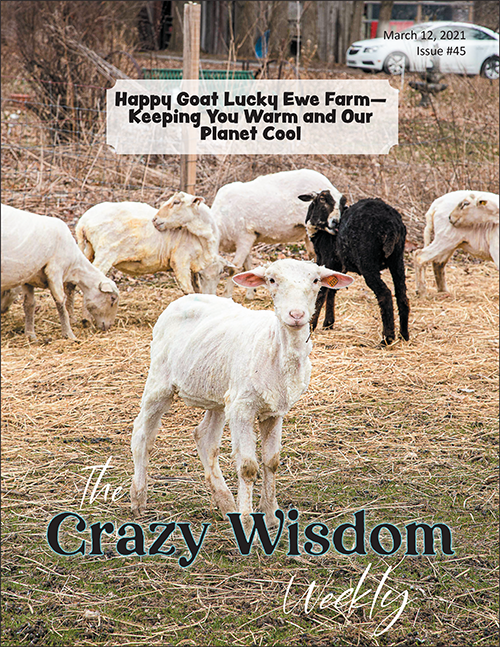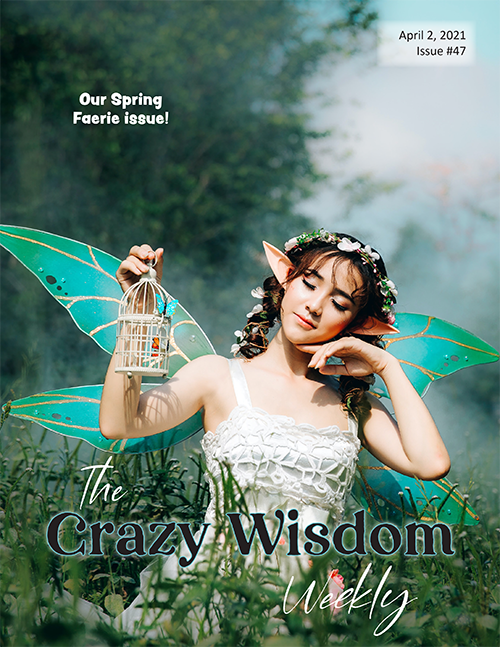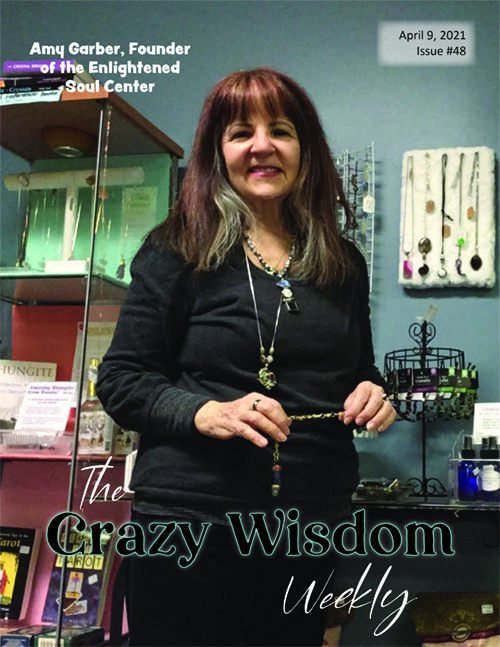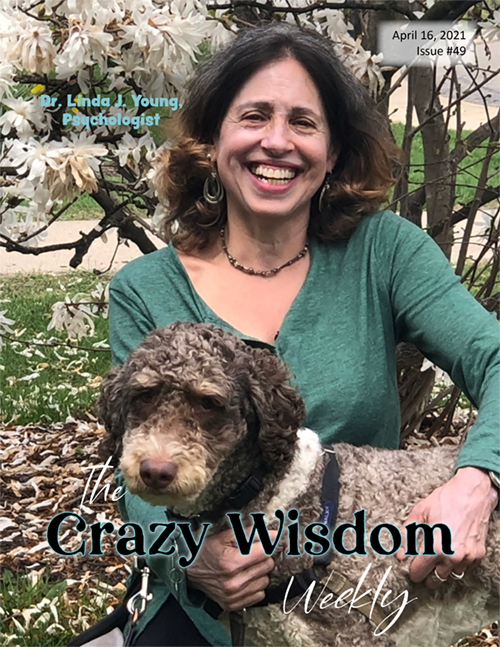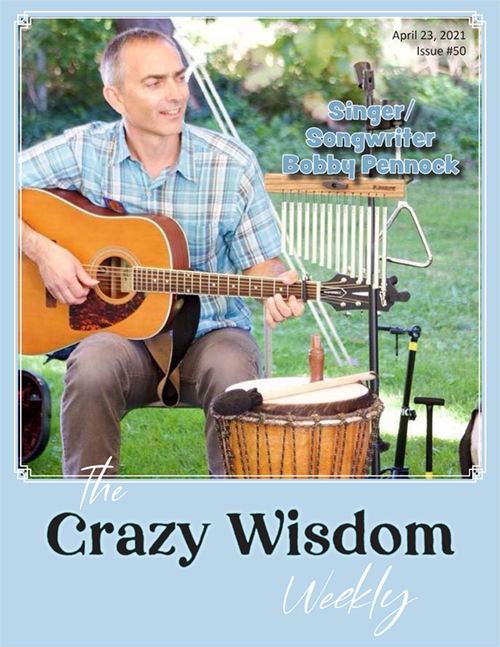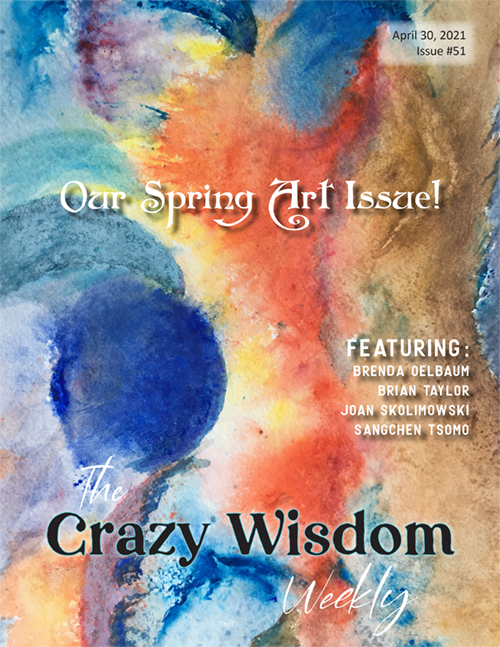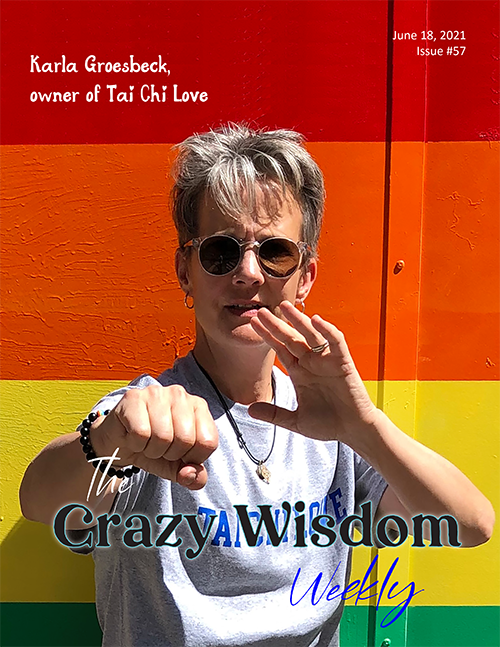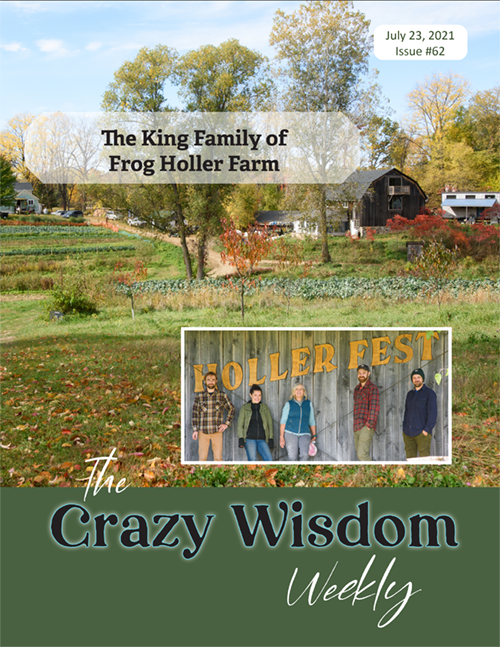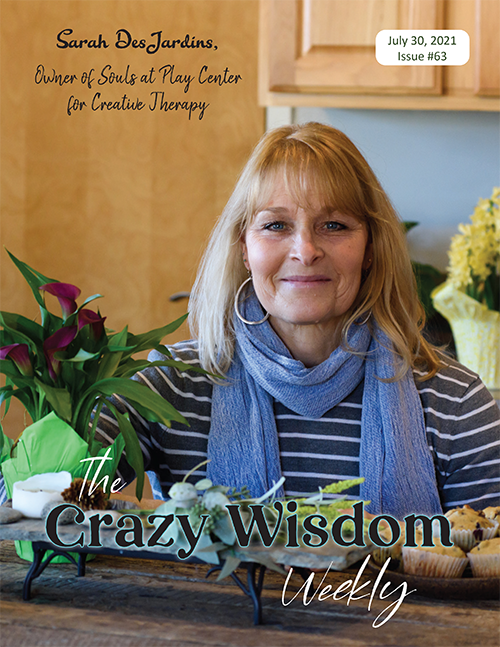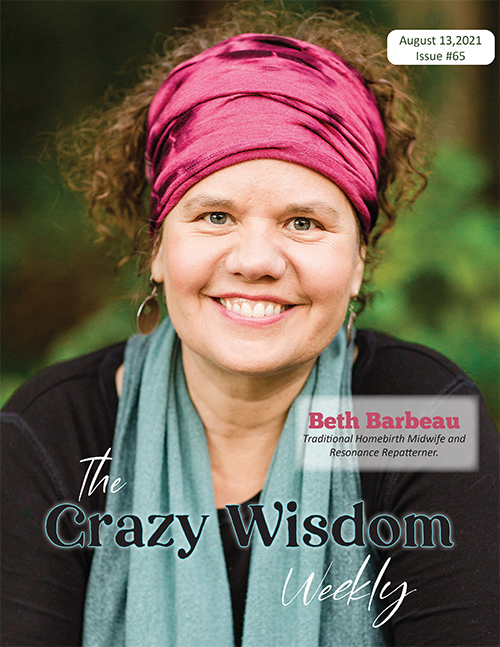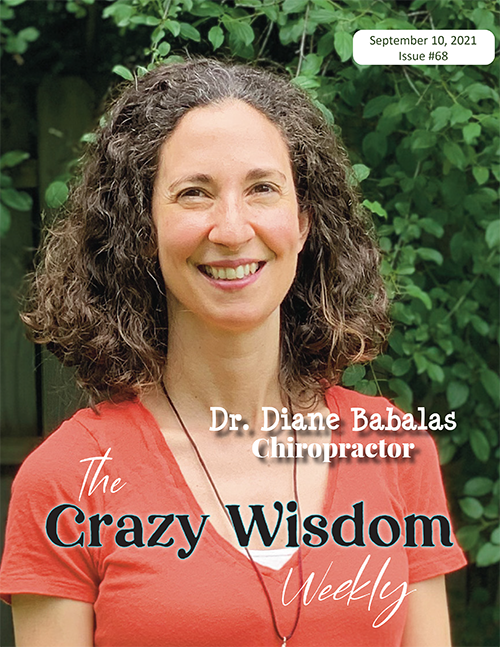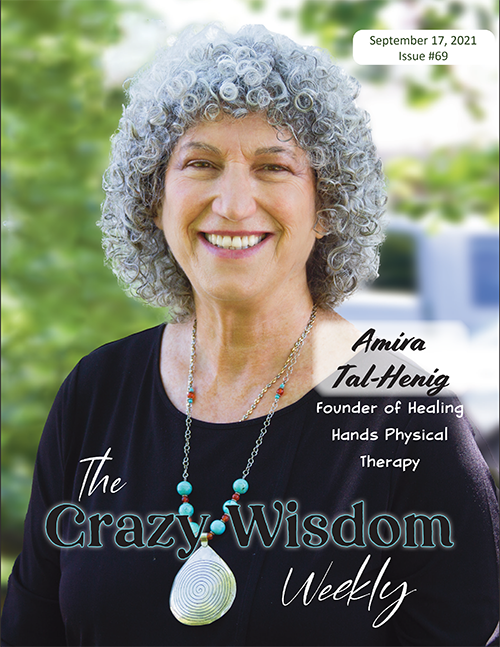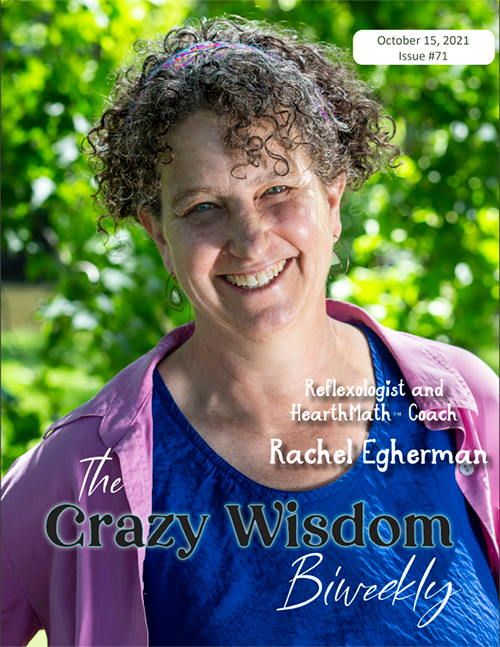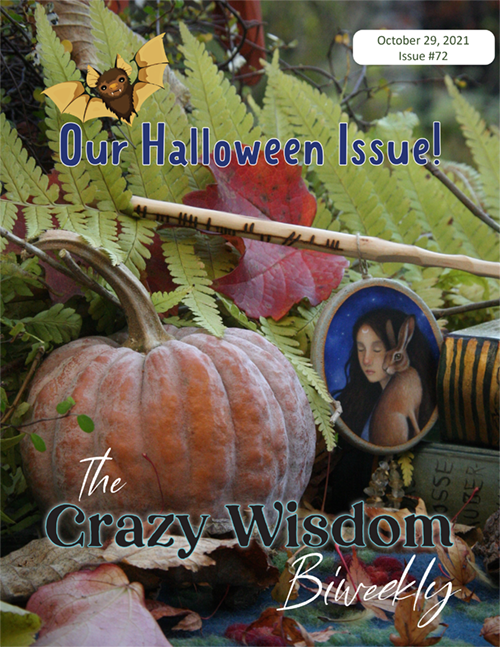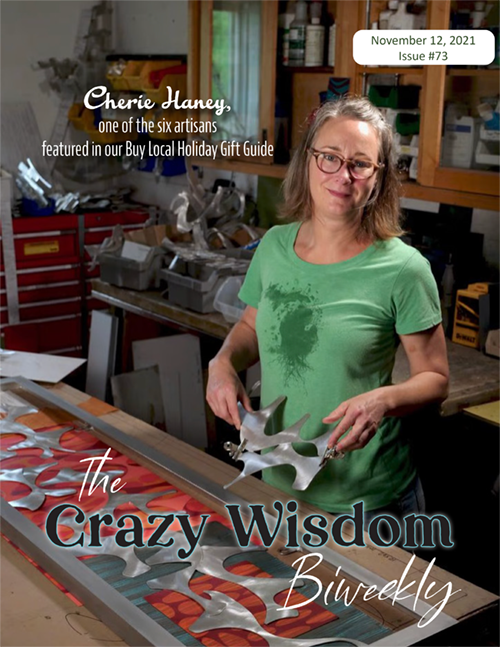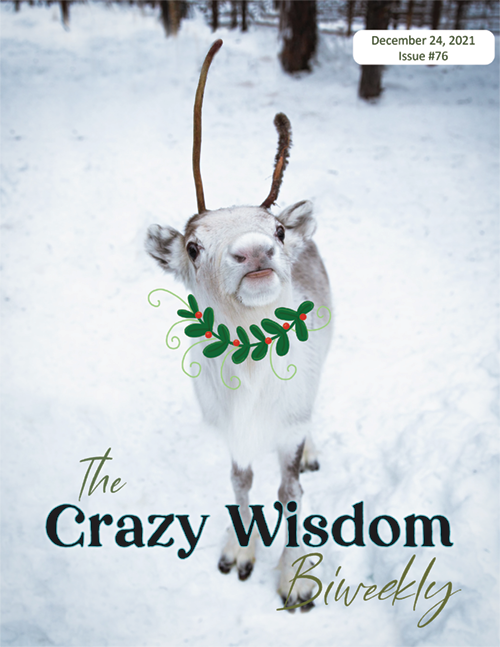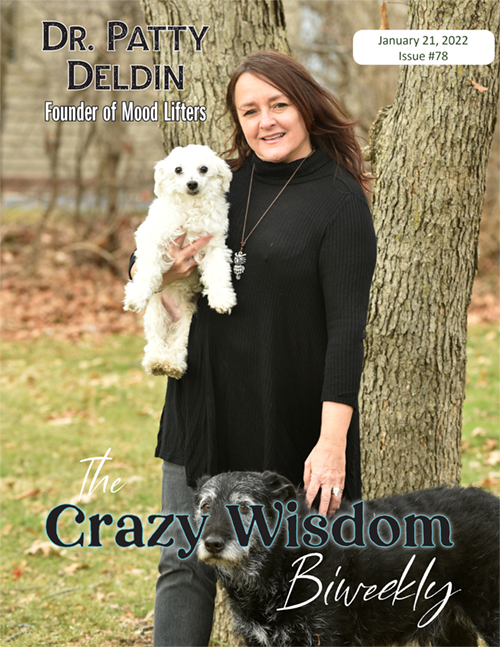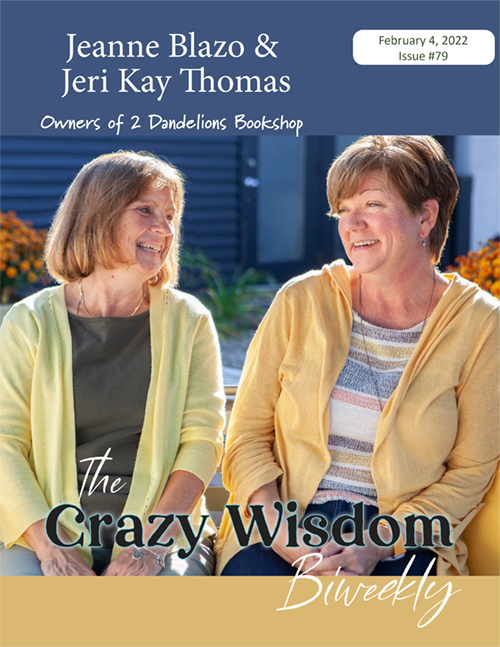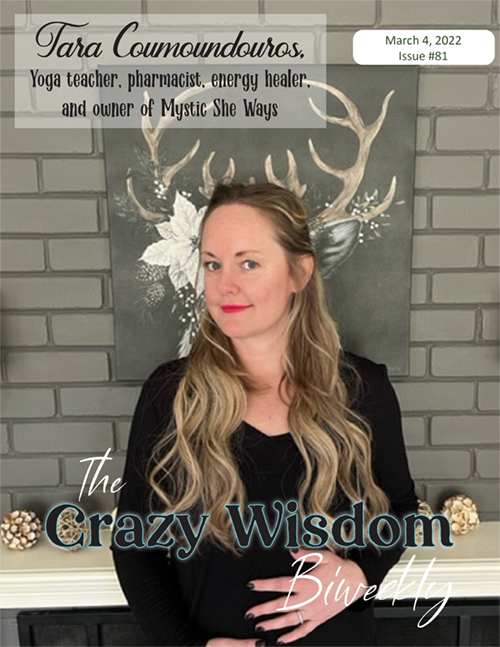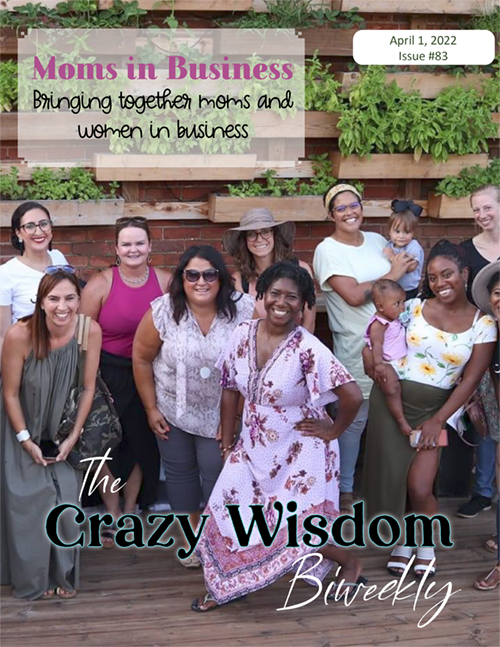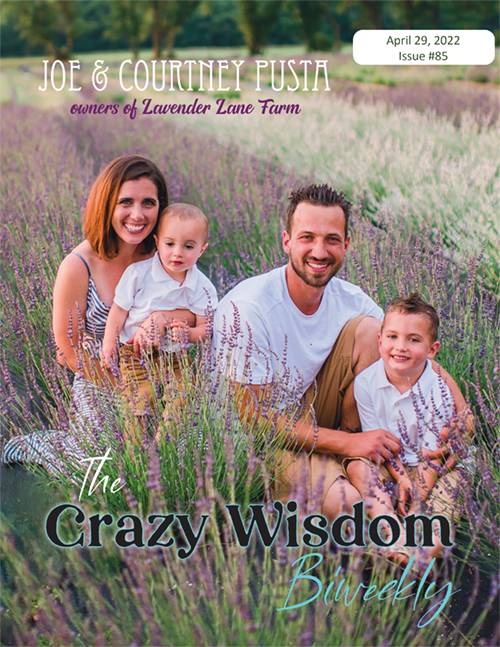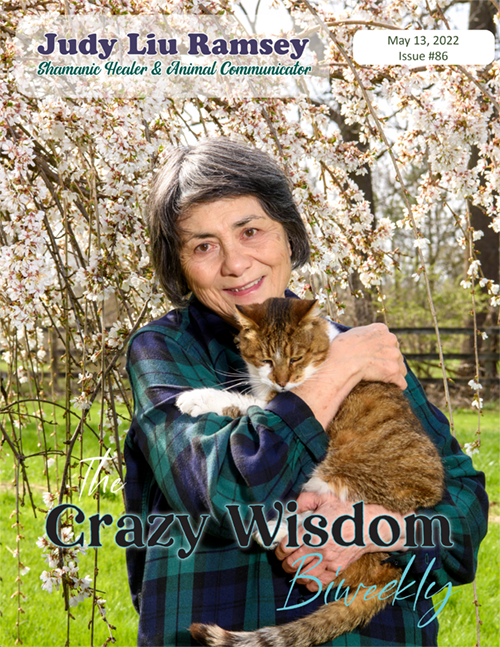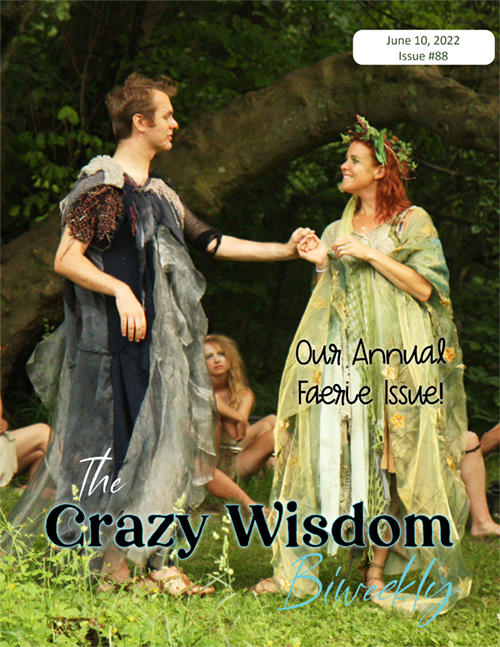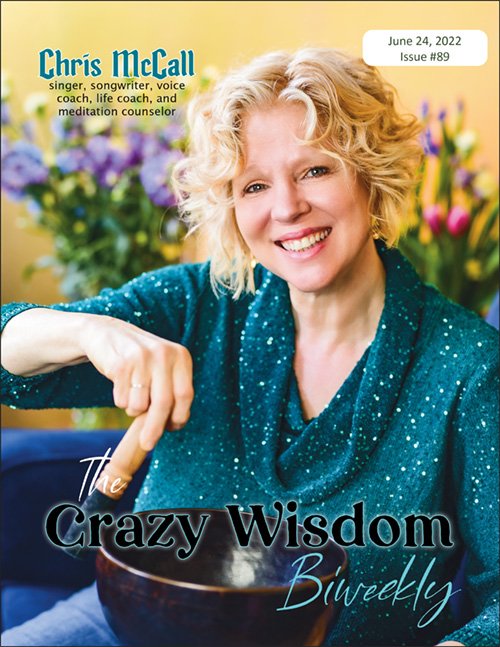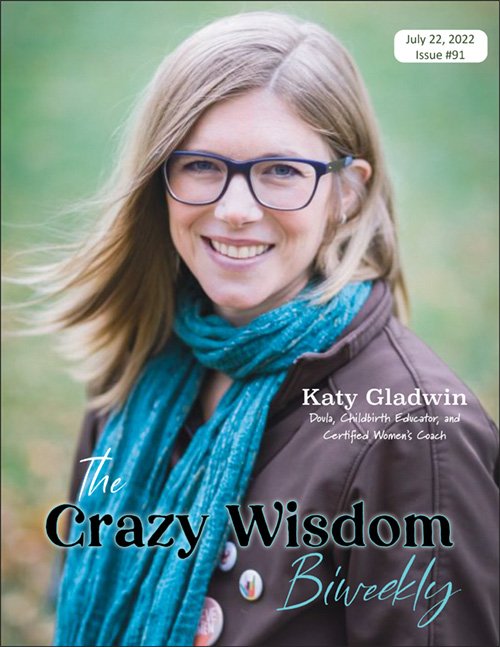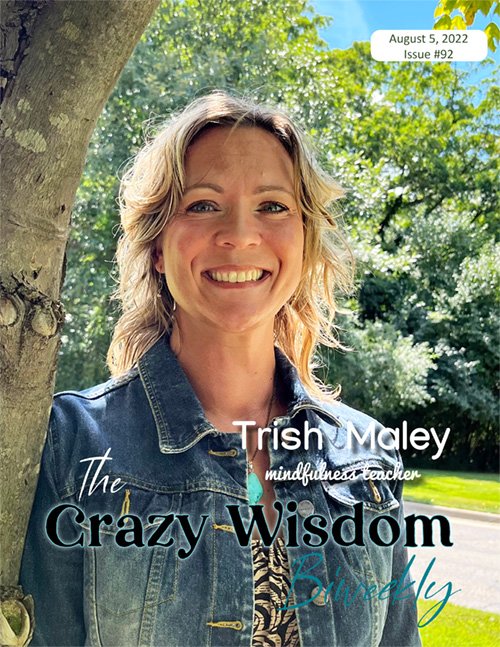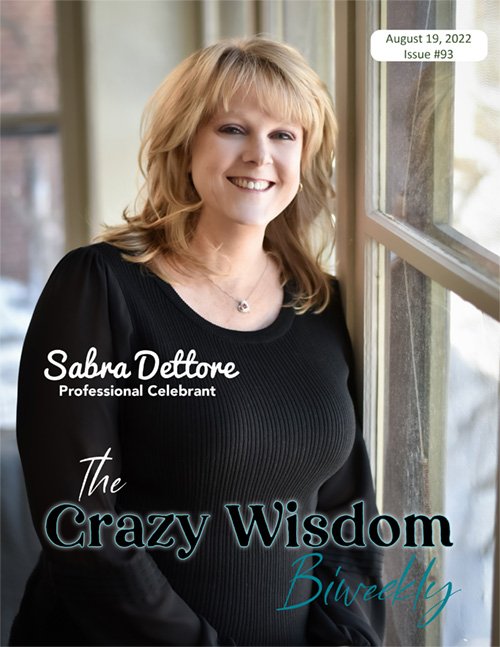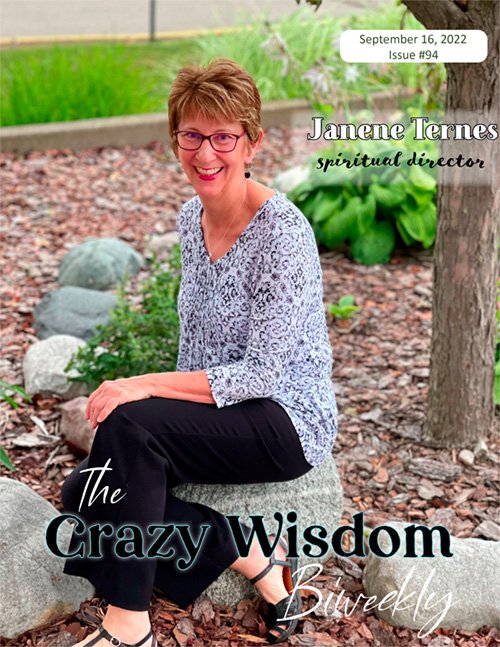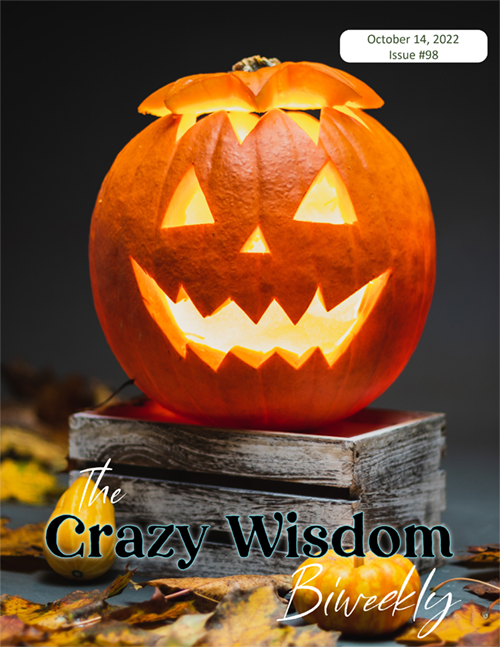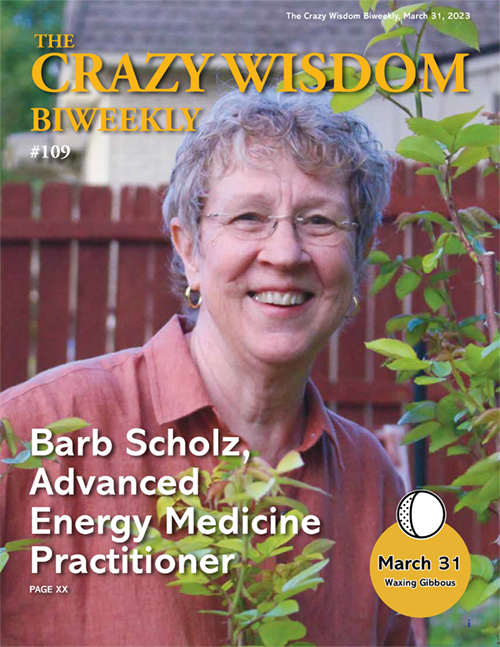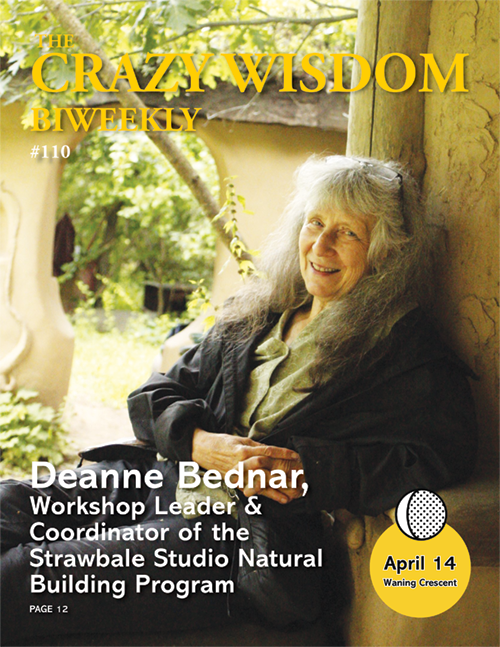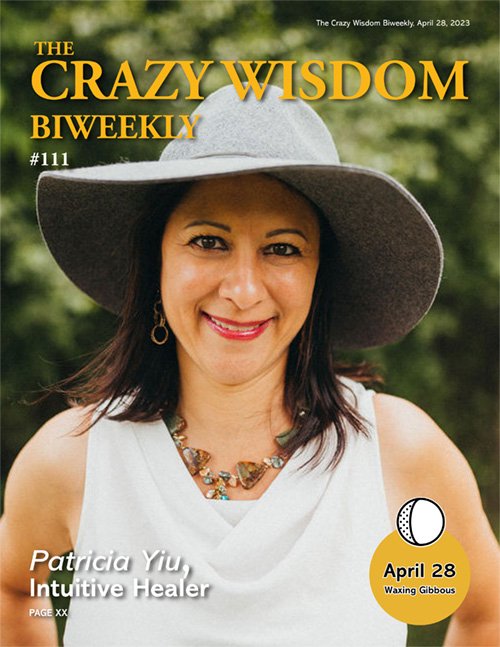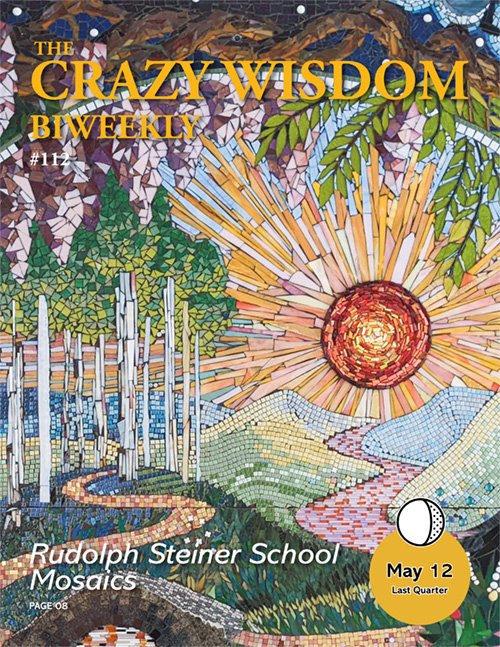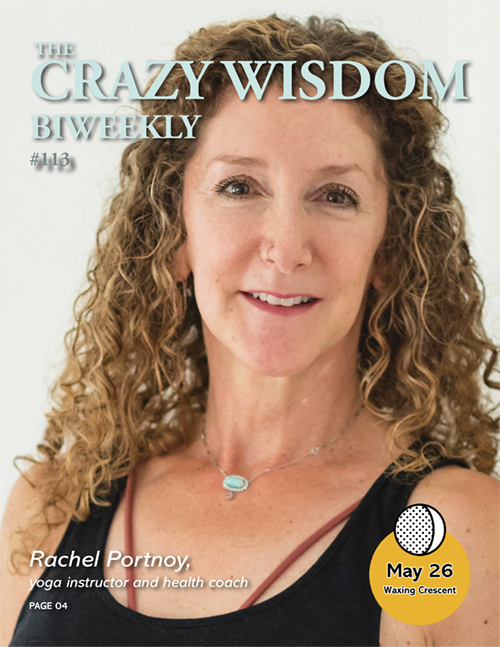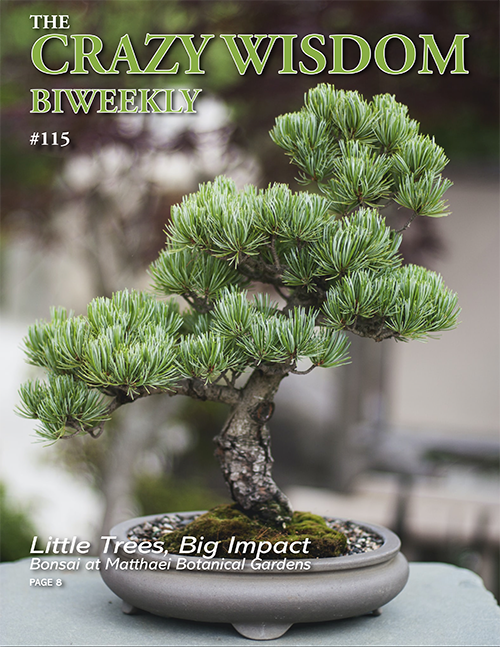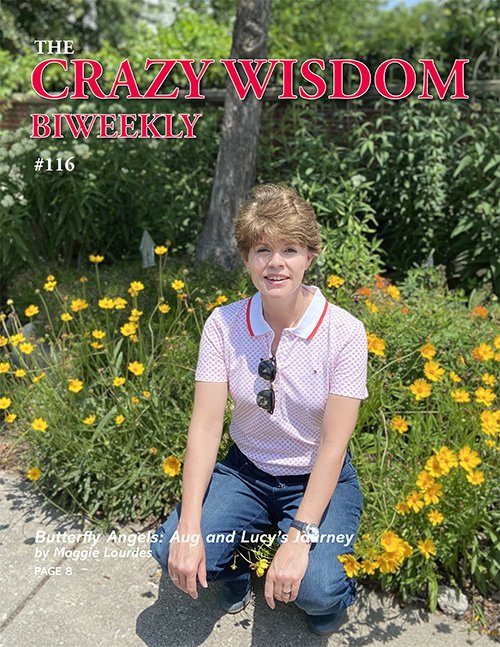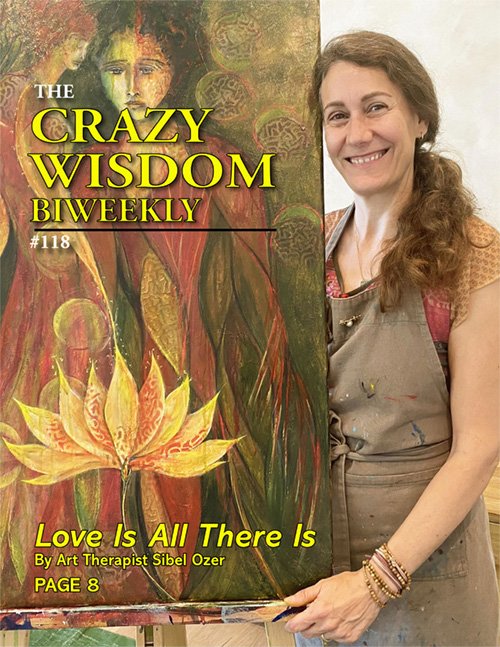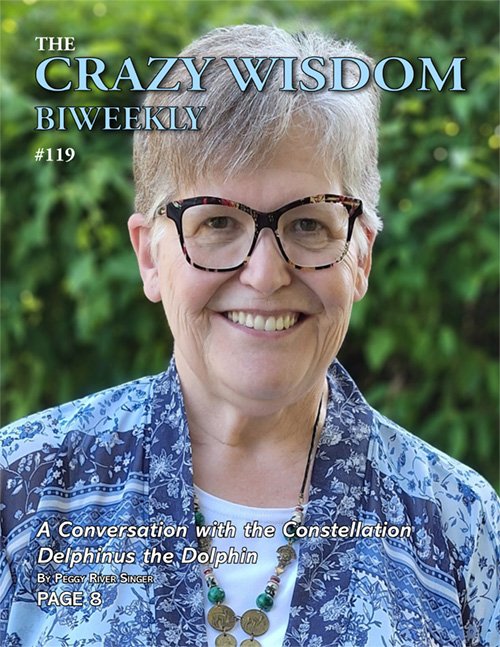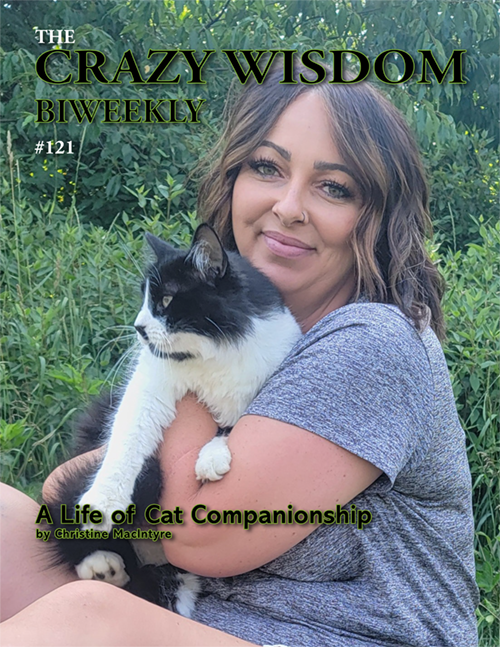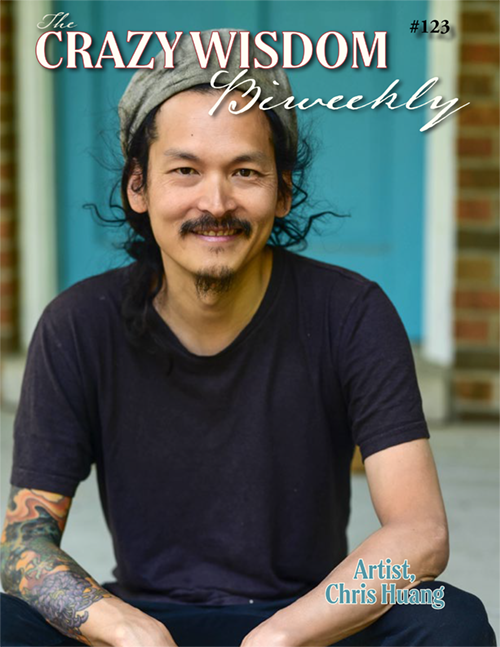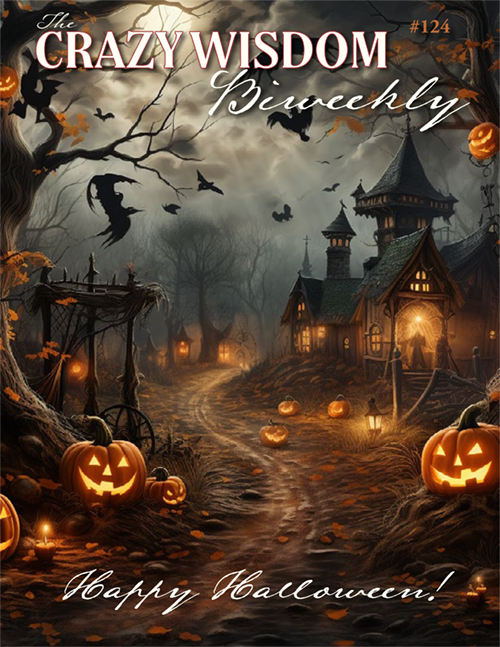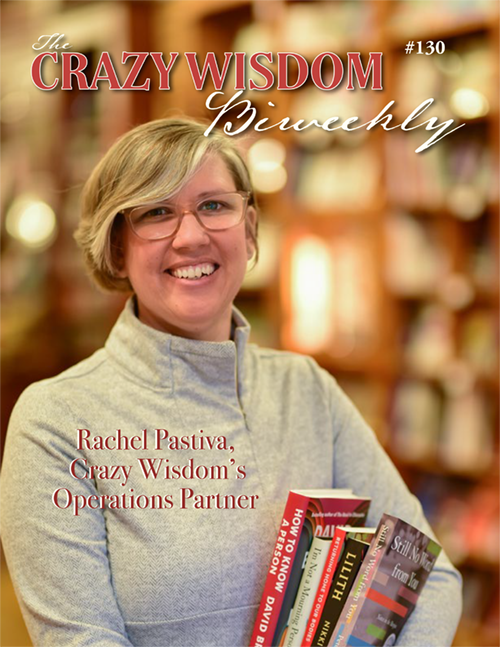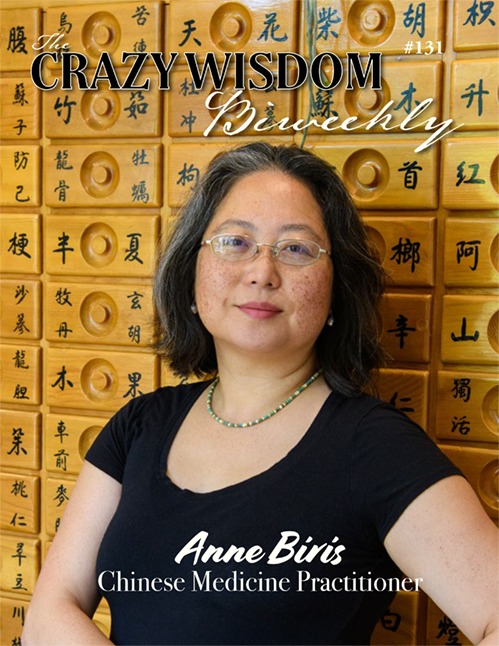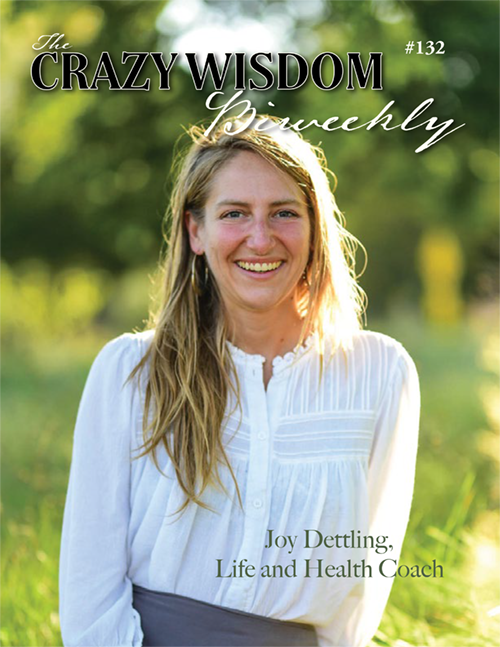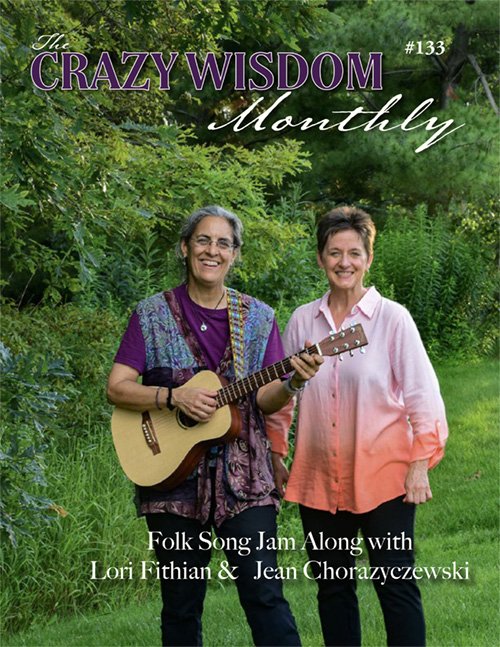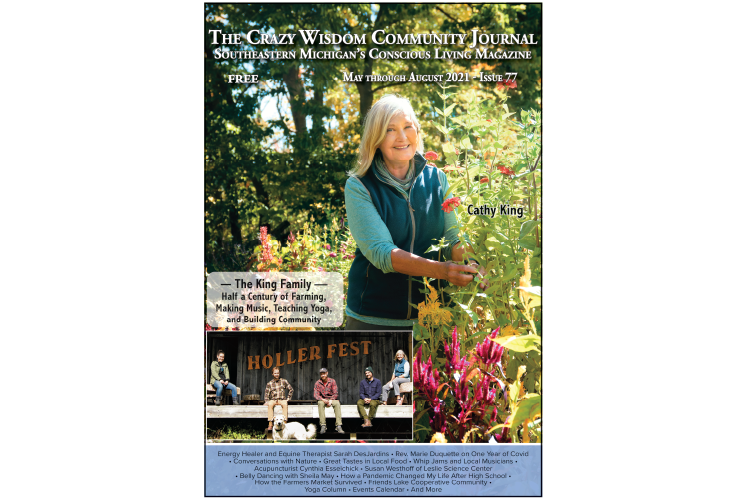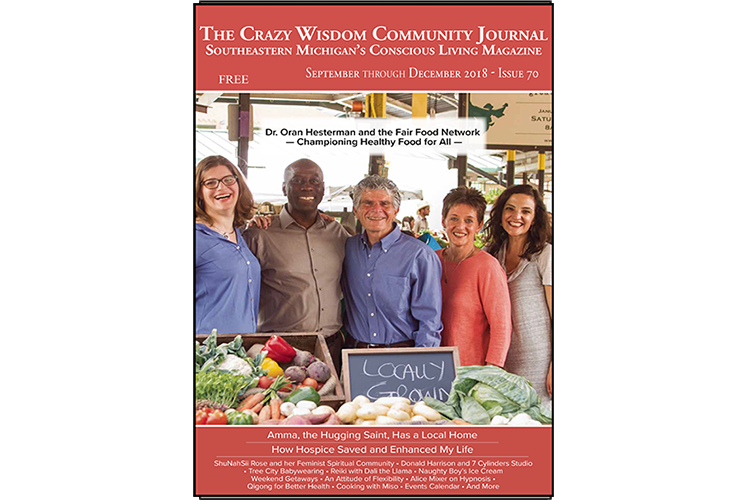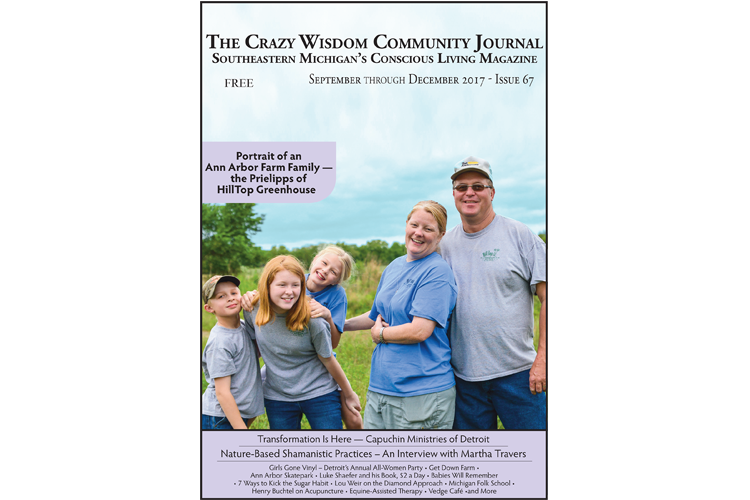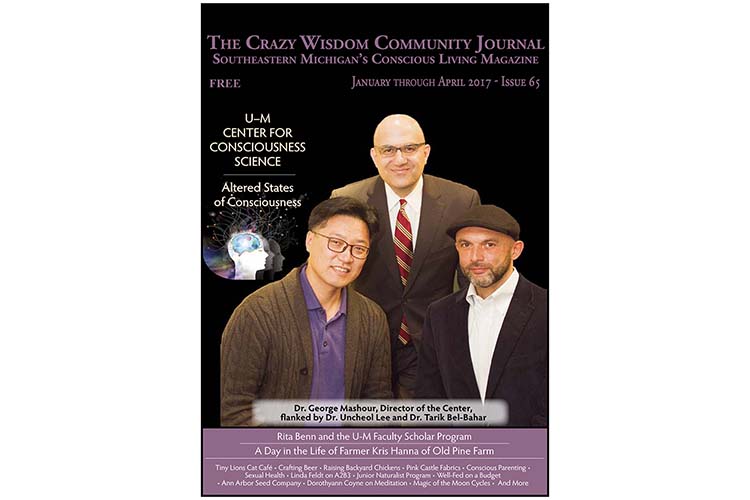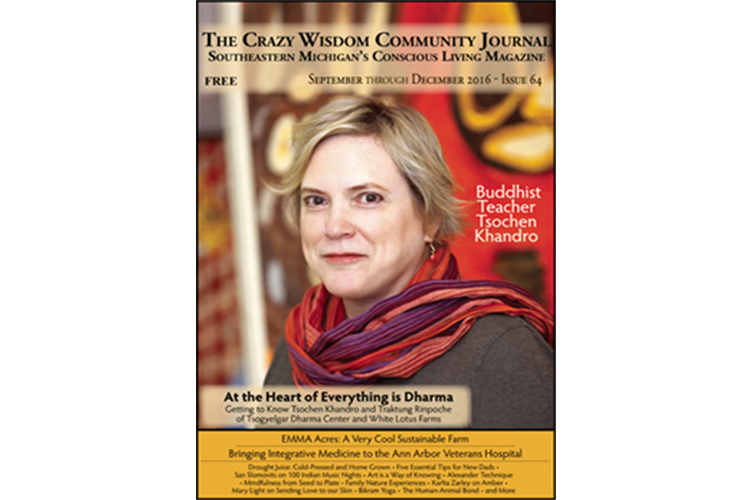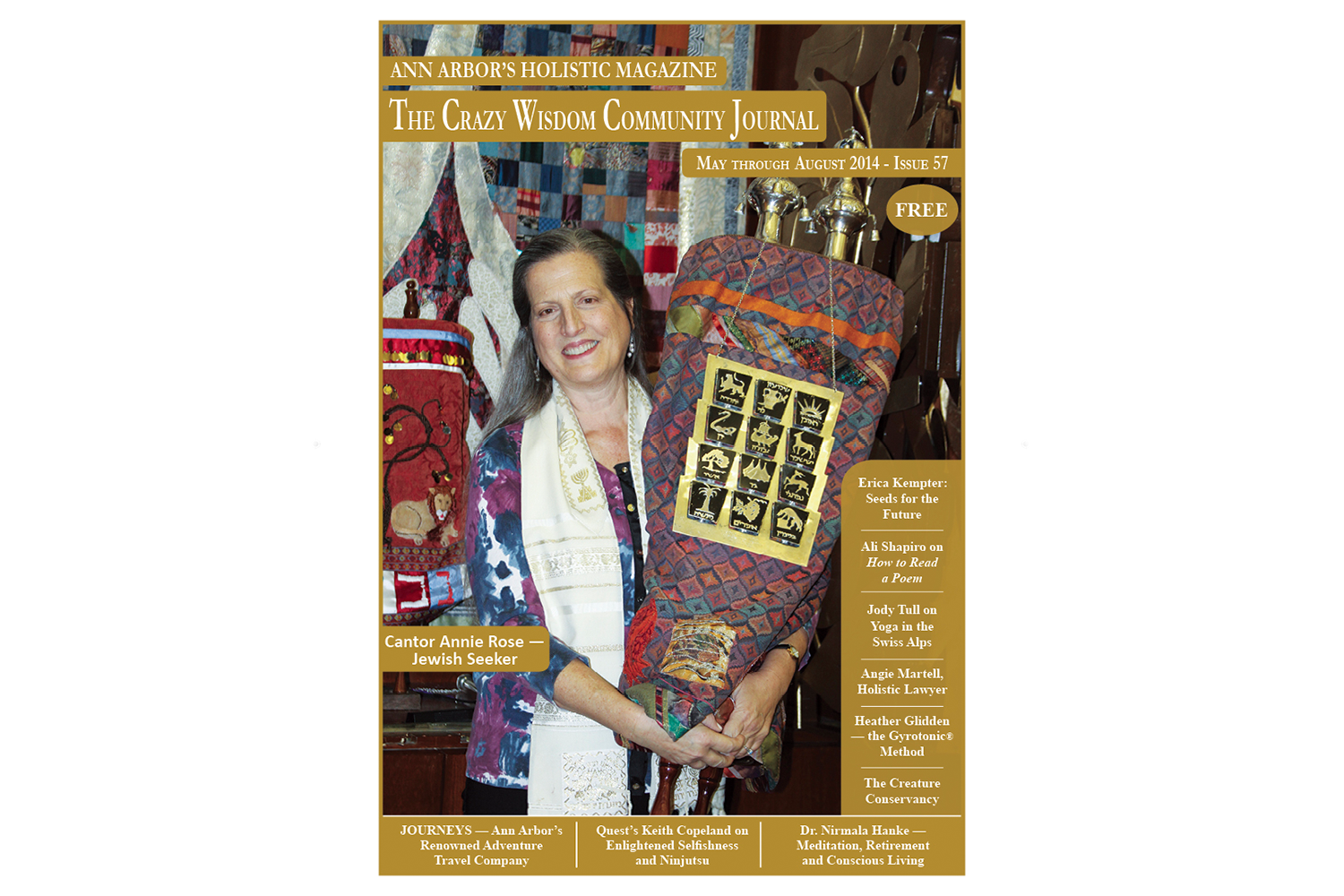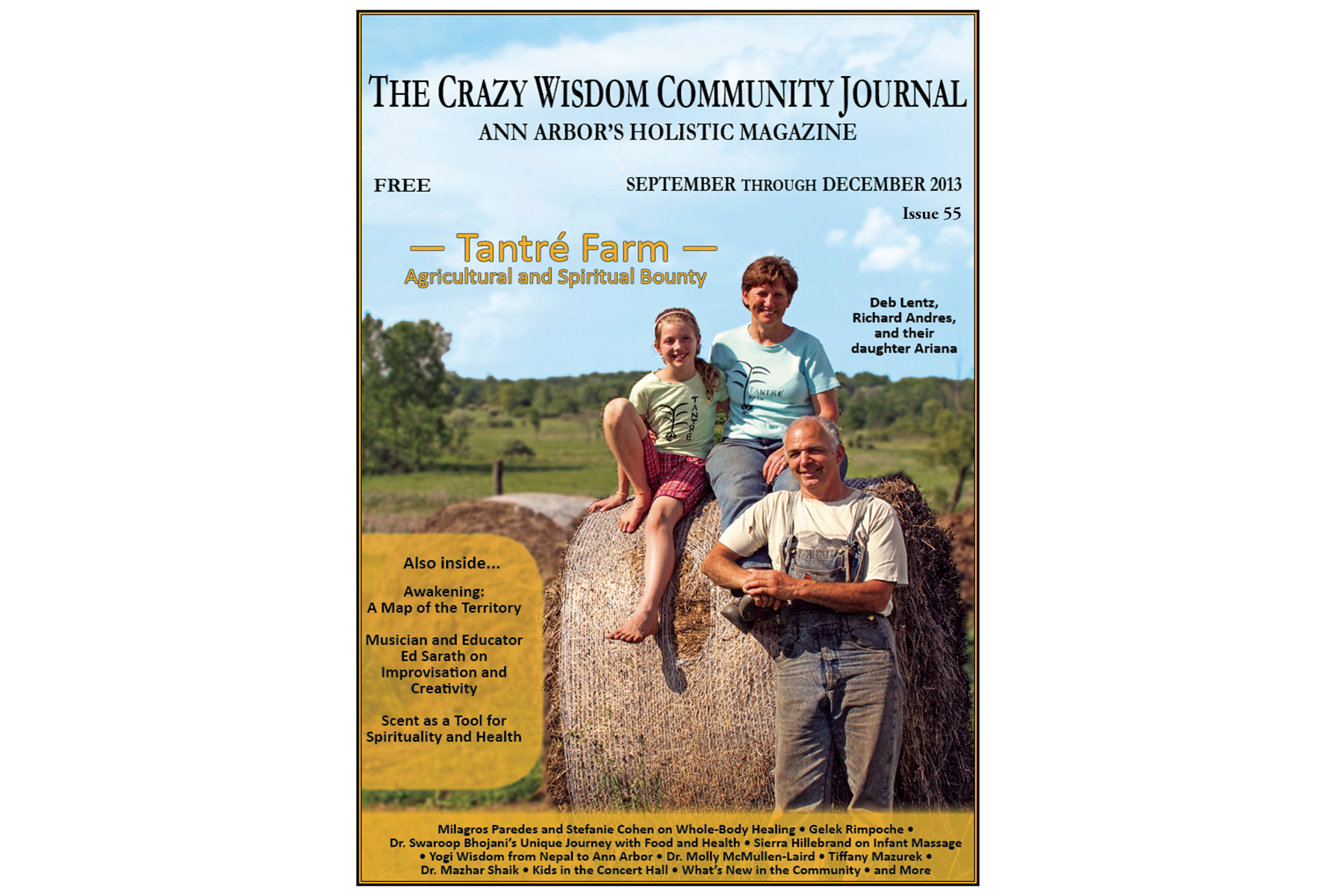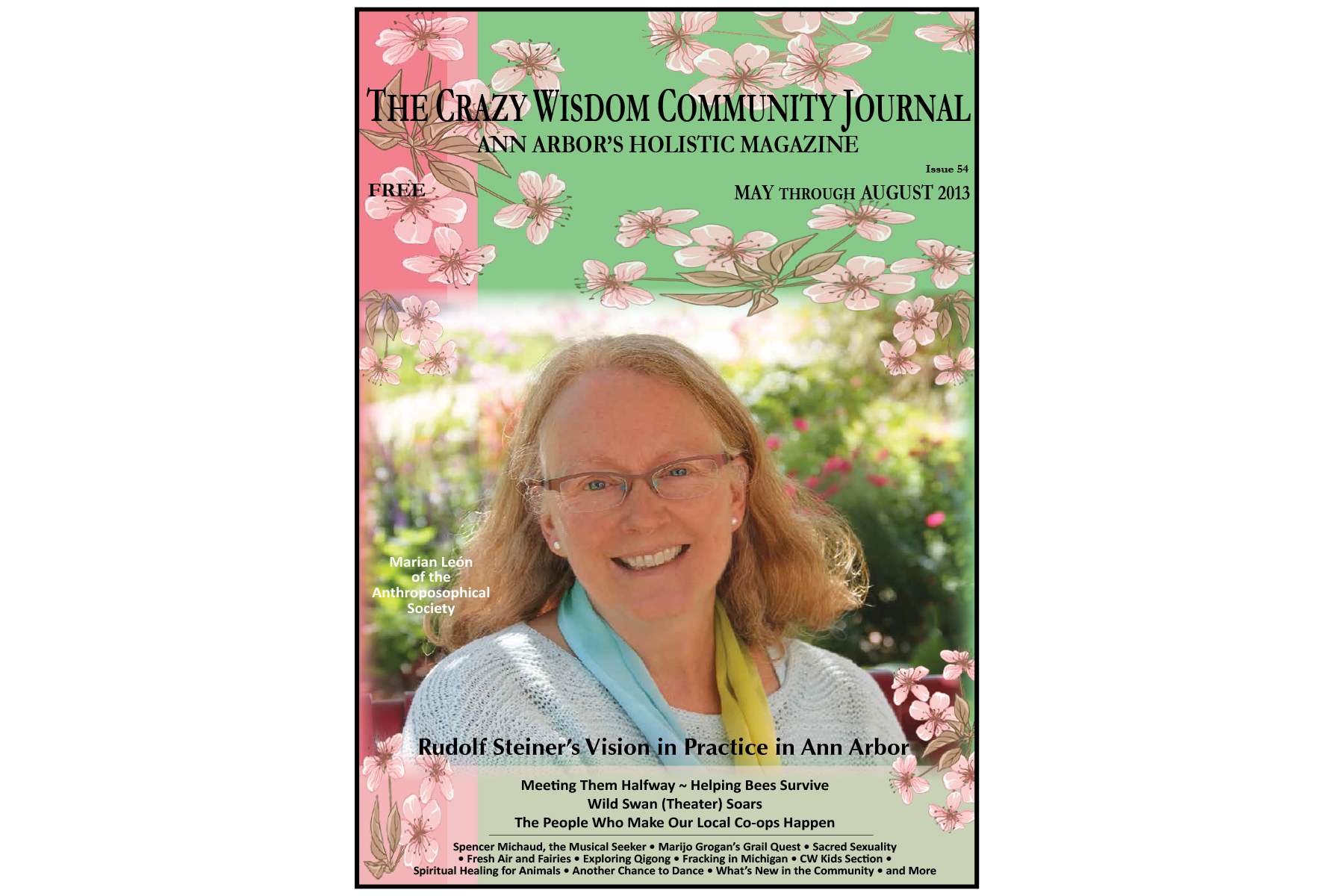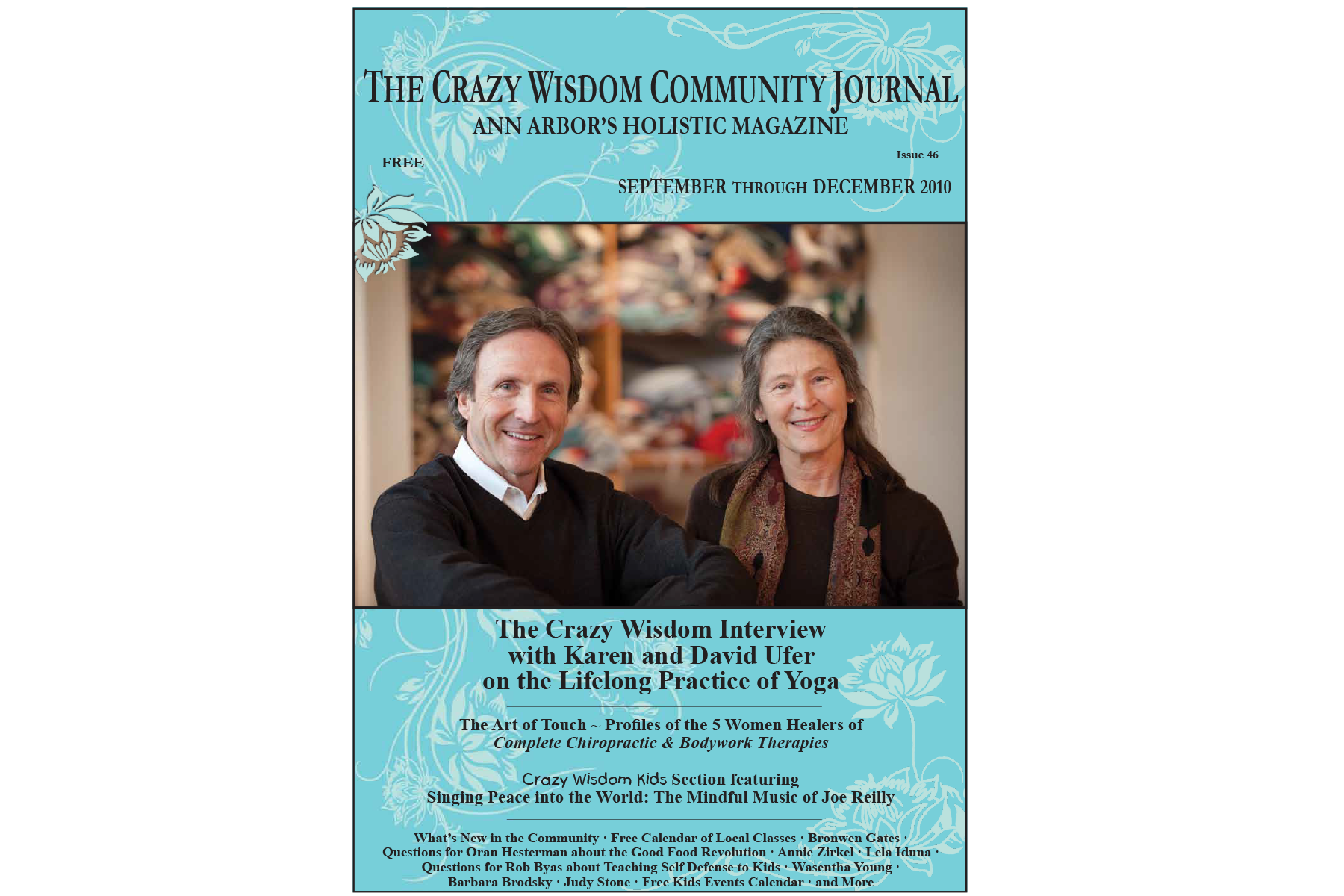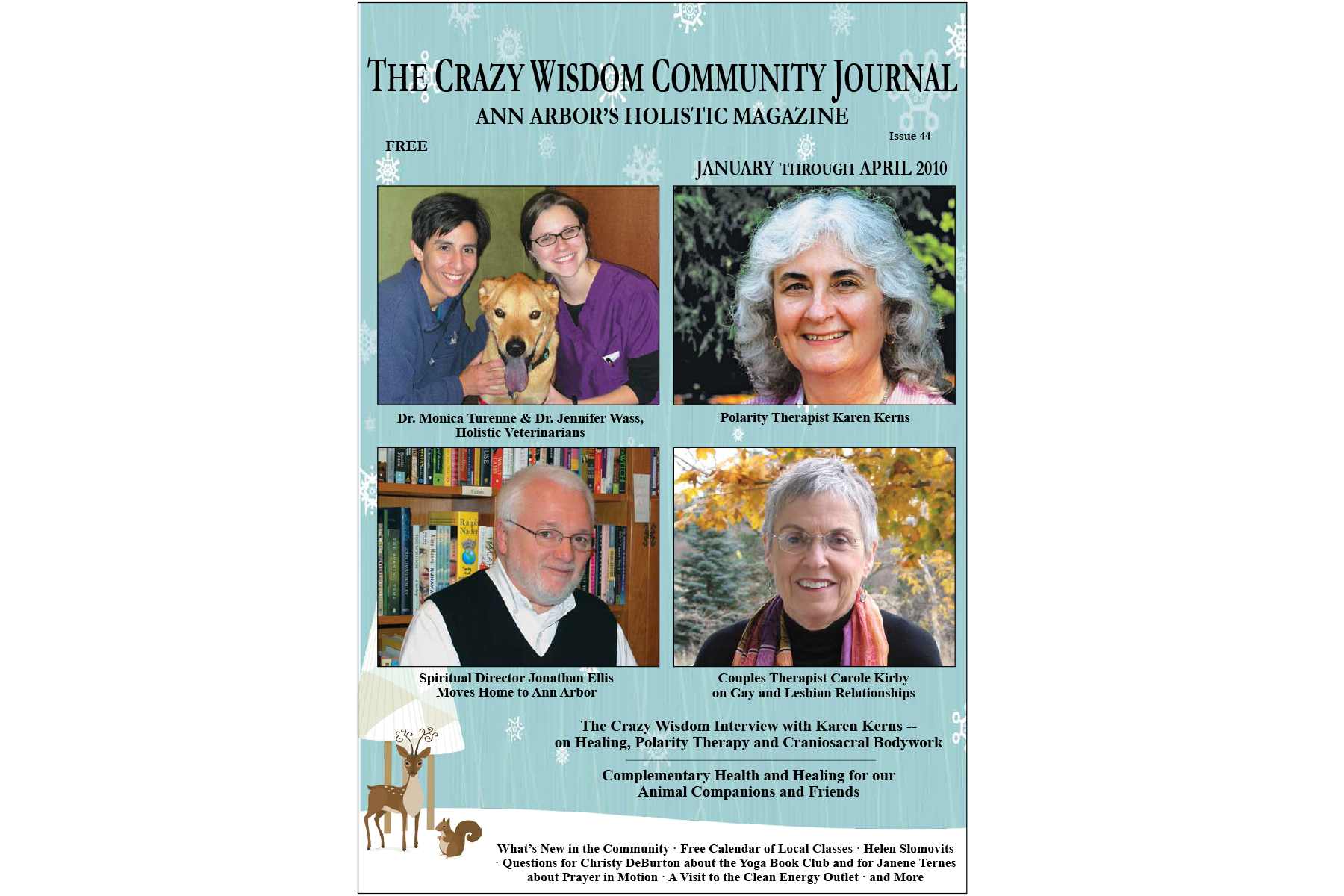mcdonald lives in White Lake, with his wife, Stephanie, their three kids, a dog, many cats, and two ferrets. Stephanie is deeply involved in running the business and website, and they “keep doing a little bit better every year.” mcdonald is a very winning fellow – chatty, engaging, tangential, lively, casual. He is a man who has developed a deep love for plants, and it shows. “Plants are awesome,” he says. They are an “intermediary” between nature and humanity.
Herbs for Your Garden: Marshmallow
Are you looking for a unique, useful, and beautiful herb for your garden? Let me introduce you to Marshmallow, a hardy perennial whose every part has a use. It can grow quite tall, up to four feet, with soft fuzzy leaves and light purple flowers. This plant has many cousins in the mallow family which are planted as ornamentals. Marshmallow (Althaea officinalis) is the medicinal species that we will explore today.
The Michigan Medicinal Herb Supply: The Current State and a Vision for Re-localization
After a long day, you reach for your favorite herbs to make a soothing cup of tea: a spoonful of tulsi, a scoop of chamomile, and a pinch of peppermint…perfect! Just what you need to unwind. The fragrant brew might relax you, but did you ever wonder what went into bringing the herbs to your cup?
A Fourth-Generation Herbalist’s Journey
For generations, our ancestors have preserved seeds, leaves, flowers, and roots using natural methods for self-healing. To honor their legacy, connect with my elders, and pass on this knowledge, I made it my mission to practice herbalism and educate anyone willing to learn about the amazing world of plant medicine. I learn something new every day when I am in nature. I take time to listen, pay attention, and trust the universe.
Herbs for Your Garden: Calendula
Calendula is grown as a self-seeding annual in USDA grow zones two through eight. In areas with warm winters (above 25⁰F), it blooms year-round. Calendula thrives in full sun with well-drained soil. I recommend sowing Calendula seed directly into the garden early to mid-spring. It’s ideal to plant the seeds as soon as the soil is workable since germination benefits from cool weather, but don’t stress too much about timing. I’ve had success planting seeds year-round. Calendula is a self-seeding annual, which means seeds dropped by the plants in the fall will lay dormant on the ground all winter and then sprout the next spring. However, it’s not an aggressively spreading plant, so don’t worry about it taking over your garden.
Plant Medicine and Magic
When people ask what drew me to herbalism, there are two stories that I tell. One is of my time working in the Mojave desert, where my boss—a botanist by training—would point out various native plants and tell me snippets of how the indigenous people of the area used them for food or medicine (he always spoke of this in the past tense). For him, it was an interesting tidbit of information, but I thought, “couldn’t we still?” This story is true, but the deeper truth goes back many years, to my childhood.
Great Lakes Herb Faire -- Learning and Sharing The People’s Medicine
Cool wind whistled through the white pines, bringing the first hint of winter on this early September day. I was west of Chelsea, visiting the Great Lakes Herb Faire. The Faire provides classes for herbal and naturopathic practitioners and students, shared ceremony, and time for community meeting. Successful since it began in 2014, the Faire draws herbalists from around the country to speak and present, but its focus remains the Great Lakes region, its plants, and practitioners.
Sacred Smoke: Smudging, Smoke Cleansing, and Purifying Your Space with Intention
Smoke permeates the air. You can see its path and how it spreads. There can be no place that is missed in a place where there is smoke. In so many ways, the smoke takes our hopes and desires and carries them away to be spread across the world. Given this, it’s not surprising that it has been used in spiritual and religious ceremonies around the world and across virtually all cultures. The first recorded use was with incense used by Egyptians as far back as 2500 BC, but it was also being developed in practices in China at the same time. Religious use of incense is prominent in Buddhist, Taoist, and Shinto shrines. These practices saw the burning of incense to be a way of purifying the surroundings and bringing forth Buddhas, Bodhisattvas, and Gods.
When Old Becomes New: The Hidden Power of Plants in the Matthaei Medicinal Garden
Upon arrival the Matthaei Botanical Gardens may seem a bit intimidating, with a barrage of rattlesnake warning signs posted along the long winding drive through the wild, prairie-like, bucolic setting. But once you pay for your parking at the self-pay port and enter the arboretum or gardens, you are transported to a happier place from within the deep recesses of your childhood memories. It is altogether beautiful, peaceful, and engaging. There are many display gardens and areas of interest, but this article focuses exclusively on the outdoor Medicinal Garden.
Root Medicine and Winter Tonics
The life force in a biannual or perennial plant is evident in the greenness of its leaves and the vibrancy of its flower. As it begins to die back in the fall, that life force is not lost; it is transferred into the root, which embraces it and keeps it safe until the next growing season.
Healing with Nutrition — Real Food is Real Medicine
By Darren Schmidt
For many years now, reports have shown that the American medical system could be doing more harm than good . . .
An Interview With Julie Peale of Body Balance and Hellerwork and Structural Medicine
Interview by Bill Zirinsky | Photos by Tobi Hollander
Julie Peale, age 38, owns Body Balance of Ann Arbor, LLC, where she practices a combination of Hellerwork and structural medicine in one-on-one sessions with clients. Initially on a path to become a physical therapist, Julie attained a degree in biology from Central Michigan University, but her desire to help people on a more holistic level pushed her to explore other therapy modalities. Julie lives in Ypsilanti Township with her husband, five-year-old daughter, and two-year-old son.





